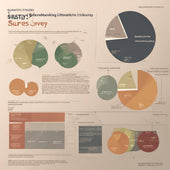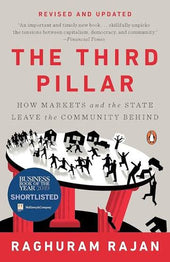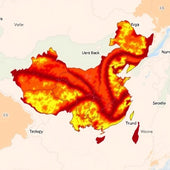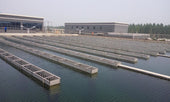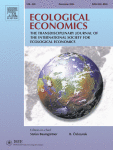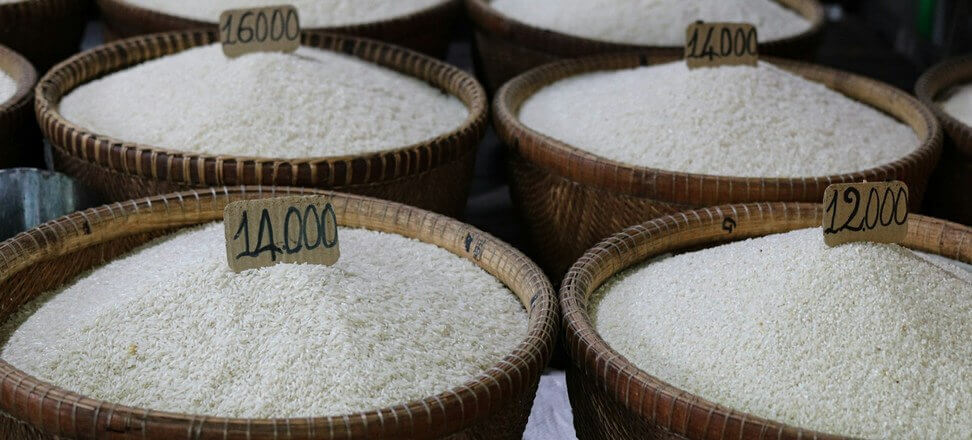
Will rice prices rise?
The diet of more than half of the global population is based on rice. Its production is heavily dependent on climatic conditions and how they change. Malaysia and Japan are already reporting problems meeting domestic demand, causing rice prices to rise, threatening global food security.
Concern over food shortages in Malaysia
Malaysia’s Minister of Agriculture and Food Security Mohamad Sabu traveled to Cambodia in early March to discuss a potential increase in rice imports. The country’s supply is enough for Malaysians for six months, and anxiety about the future is compounded by harsh weather conditions linked to climate change. Young people are abandoning rice cultivation in favor of more lucrative professions, and as a result, 20,000 hectares of fields have been converted into plots for housing.
Sabu estimates that domestic rice production covers only 56 percent of Malaysia’s internal demand, estimated at 2.5 million metric tons (MT). One-third of imports come from Cambodia, which is among the world’s top 8 exporters, with annual exports of more than 650,000 MT. The remaining rice is imported from Vietnam, Thailand, Pakistan and India.
The rice shortage in Malaysia will have very serious social consequences. Usually readily available and relatively cheap, the white grain is the staple of the menus of the poorest. If the supply is too low, rice prices will rise and many families could be at risk of malnutrition or starvation.
Japan’s high rice prices fuel inflation
In February, the rice crisis also hit Japan, where the white grain is a staple of the daily diet and an ingredient in favorite desserts. In recent years, a combination of unfavorable meteorological conditions, unusually strong typhoons and earthquakes have triggered a wave of panic buying, pushing up rice prices by 55 percent for the year. As a result, one had to pay $160 for a 60-kilogram bag of rice.
In light of the difficult situation, the Japanese government has decided to release part of its 1 million-ton rice reserve to guarantee national food security. The last time such a step was decided upon was in 2011 in the wake of the earthquake, tsunami and Fukushima power plant accident. Now the Ministry of Agriculture will release 210,000 tons to stop inflation fueled by rising grain prices, which are also blamed on rising production costs and increased demand from tourists. According to Japan’s Asahi Shimbun newspaper, farmers themselves are also to blame, deliberately holding back sales while waiting for prices to rise further.
Will rice prices rise?
The situation in Malaysia and Japan is also causing concern in international markets. According to analysts, consumers should have no cause for concern in the near term, and rice prices may even fall in 2025. This optimism is motivated by two key factors: improving weather conditions and India’s resumption of exports.
In December 2024, meteorologists confirmed the development of the La Niña phenomenon, part of the Southern Oscillation. It replaces the anomaly known as El Niño and marks a lowering of water temperatures in the Pacific, offering hope for a reduction in heat waves and an increase in rainfall in regions previously facing drought. For rice cultivation in Africa and Asia, the arrival of La Niña is definitely beneficial and could temporarily reverse the trends of the past few years.
The market is also being boosted by a renewed influx of rice from India. In 2022, authorities in New Delhi banned the export of broken rice, sold mainly to African countries, and a year later imposed export limits on other varieties. The decision was dictated by low rainfall and the resulting lower fertility. As a result, it was possible to increase domestic reserves to more than 50 million tons, an amount four times higher than government requirements. All export restrictions have now been lifted, which will significantly increase supply on the international market.
A report by African market platform AFEX predicts that global rice prices will decline by up to 11 percent in 2025. A reduction is also predicted by consultants S&P Global, adding, however, that the outlook for the second half of the year is mixed and depends on the weather and trade policies of individual countries.
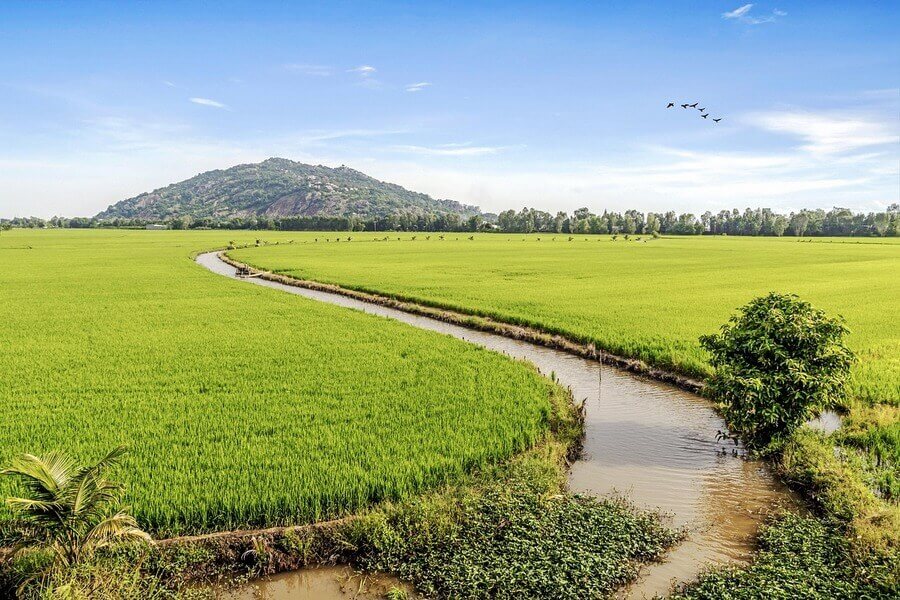
Water-intensive rice cultivation and climate change
Droughts and floods exacerbated by climate change are affecting the production of many crops and their market prices. Rice is a crop so specific that it requires huge amounts of water: 4,000 liters of water are used per kg of product, which translates into 2.7 trillioncubic meters per year globally.
Even if the short-term forecast for the rice crop remains positive, water shortages expected in the years and decades ahead could threaten the food security of billions of people around the world. According to experts from the World Meteorological Organization (WMO), the current La Niña episode will be exceptionally short, with ocean temperatures rising as early as June 2025. Climate change appears to be neutralizing much of the regular cooling waves and will encourage the intensifying weather extremes that are so detrimental to the rice crop.
Published in the journal Nature Food in 2023, the results of a study by researchers at Peking University confirmed that over the past two decades, rice production losses caused by heavy rains have been comparable to those from heat waves. According to the authors, by 2100, yields in China, the world’s largest rice producer, will decrease by up to 8.1 percent.
Search for new rice varieties
Bioengineering may be a way out of the stalemate. The world’s largest genetic bank of more than 100,000 rice varieties is being developed in the Philippines to save the population of an increasingly dry planet from starvation. The priority today is to breed cultivars that will need much less water and be resistant to prolonged droughts.
The task is not easy, but Chinese scientists have already succeeded in isolating the OsLG3 gene, which affects grain length and tolerance to water shortage. The challenge is to integrate it into productive, high-quality varieties that will additionally cope with the higher soil salinity typical of drought periods.
Also in the UK, advanced work is underway to improve plants’ ability to survive. Scientists are optimizing the number of stomata, which play a key role in water uptake and carbon dioxide excretion. Through genetic amplification, Sheffield biologists have succeeded in producing a rice variety that absorbs up to 40 percent less water than the classic Oryza sativa varieties. Unfortunately, according to Prof. Julie Gray, responsible for the water-efficient rice project, the biggest challenge will be overcoming social and political resistance to the consumption of genetically modified grain.
In the face of climate change that evolution cannot keep up with, however, bioengineering may turn out to be the only way to avoid starvation.


